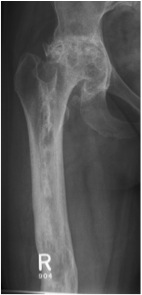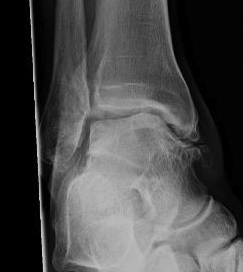Haemangioma
Definition
Hamartomatous proliferation of vascular tissue
Epidemiology
Commonest tumours in infancy & childhood
- usually superficial
Types
Capillary
- majority
- small nodules of capillary sized vessels lined by flattened endothelium
- nodules clumped in lobular pattern
Cavernous



